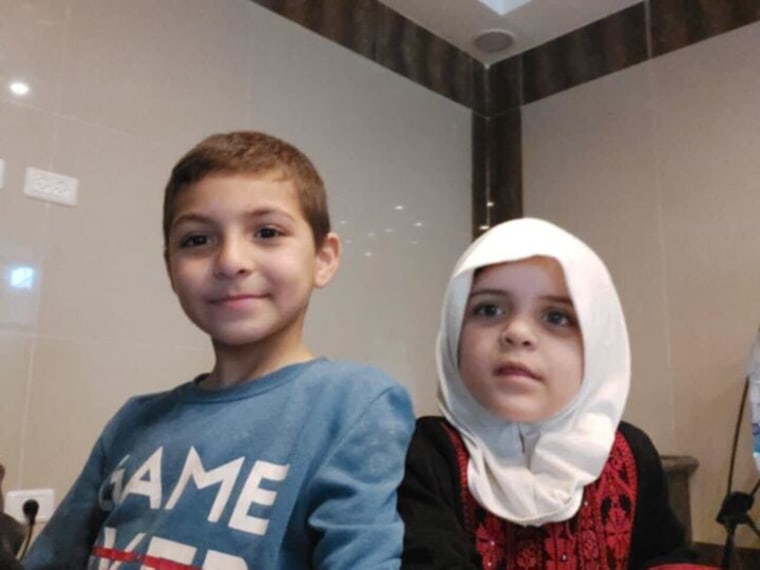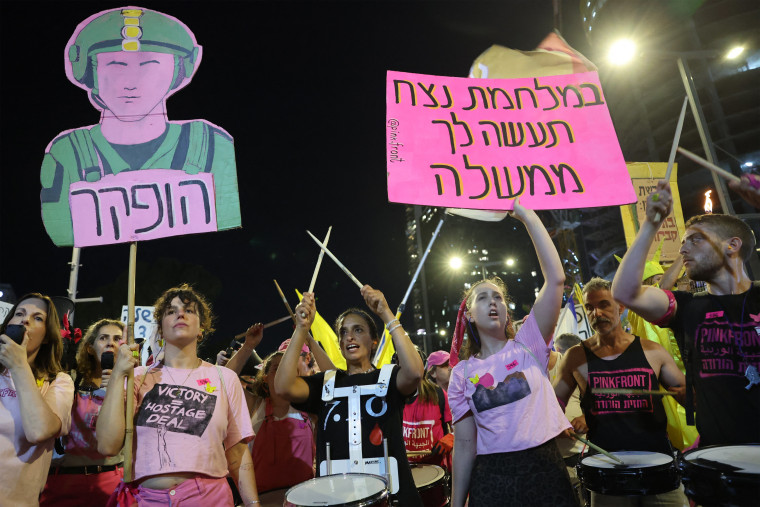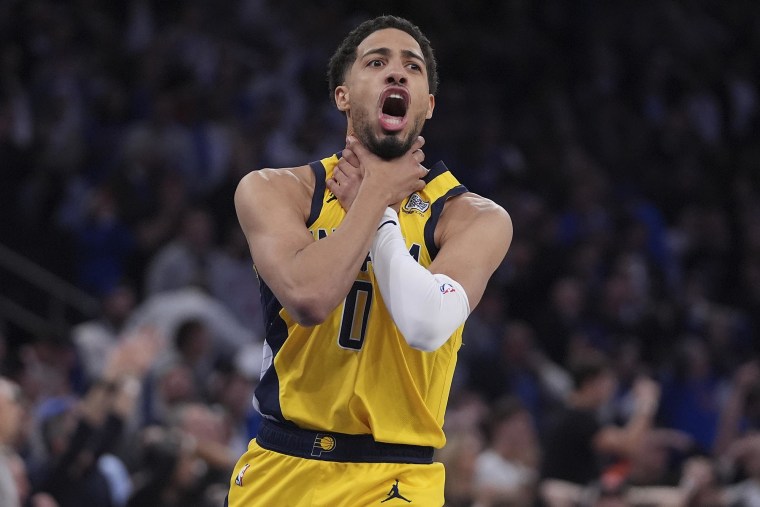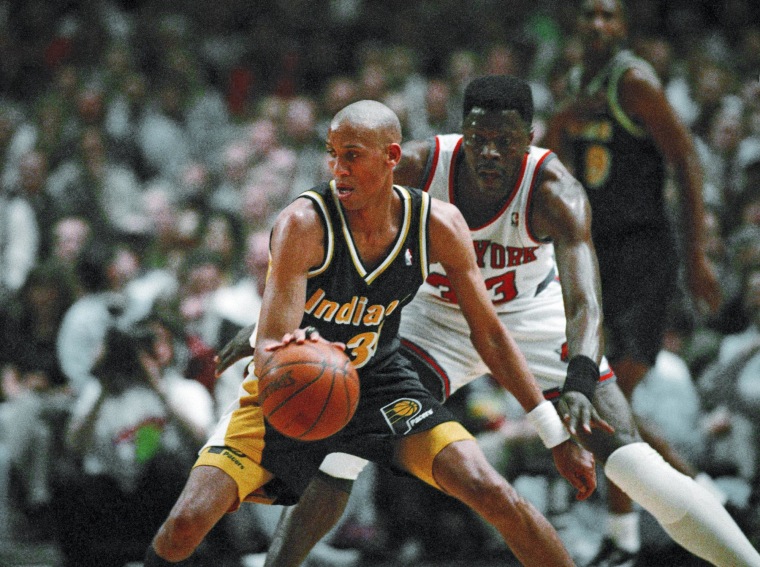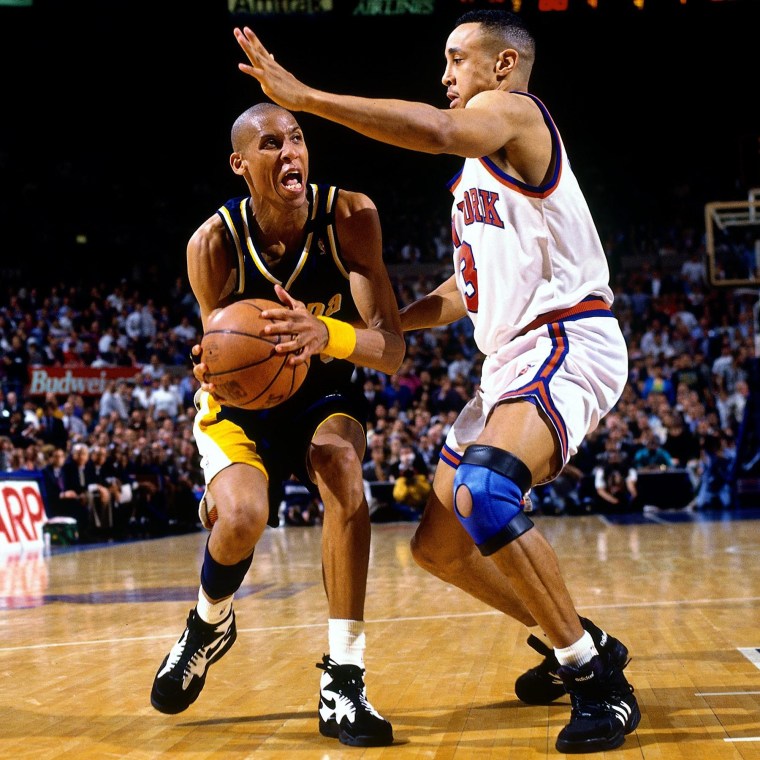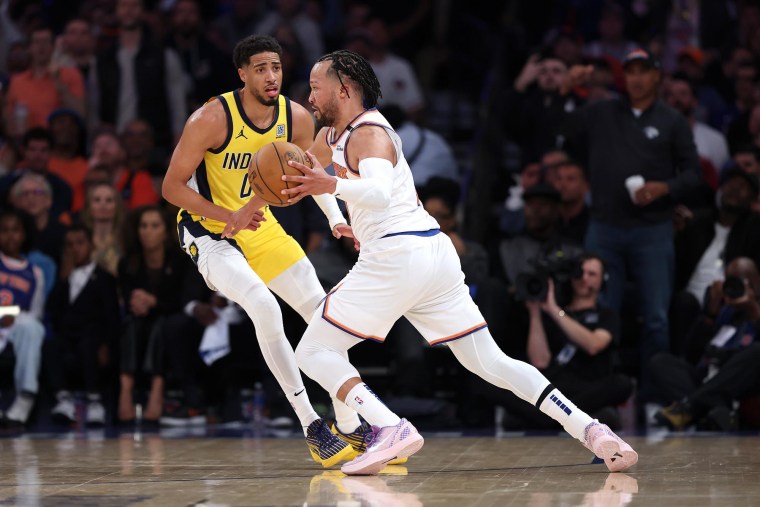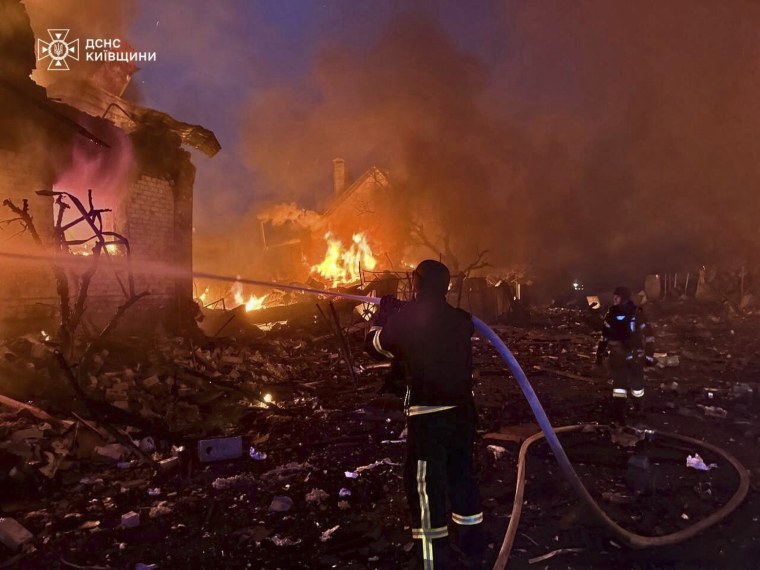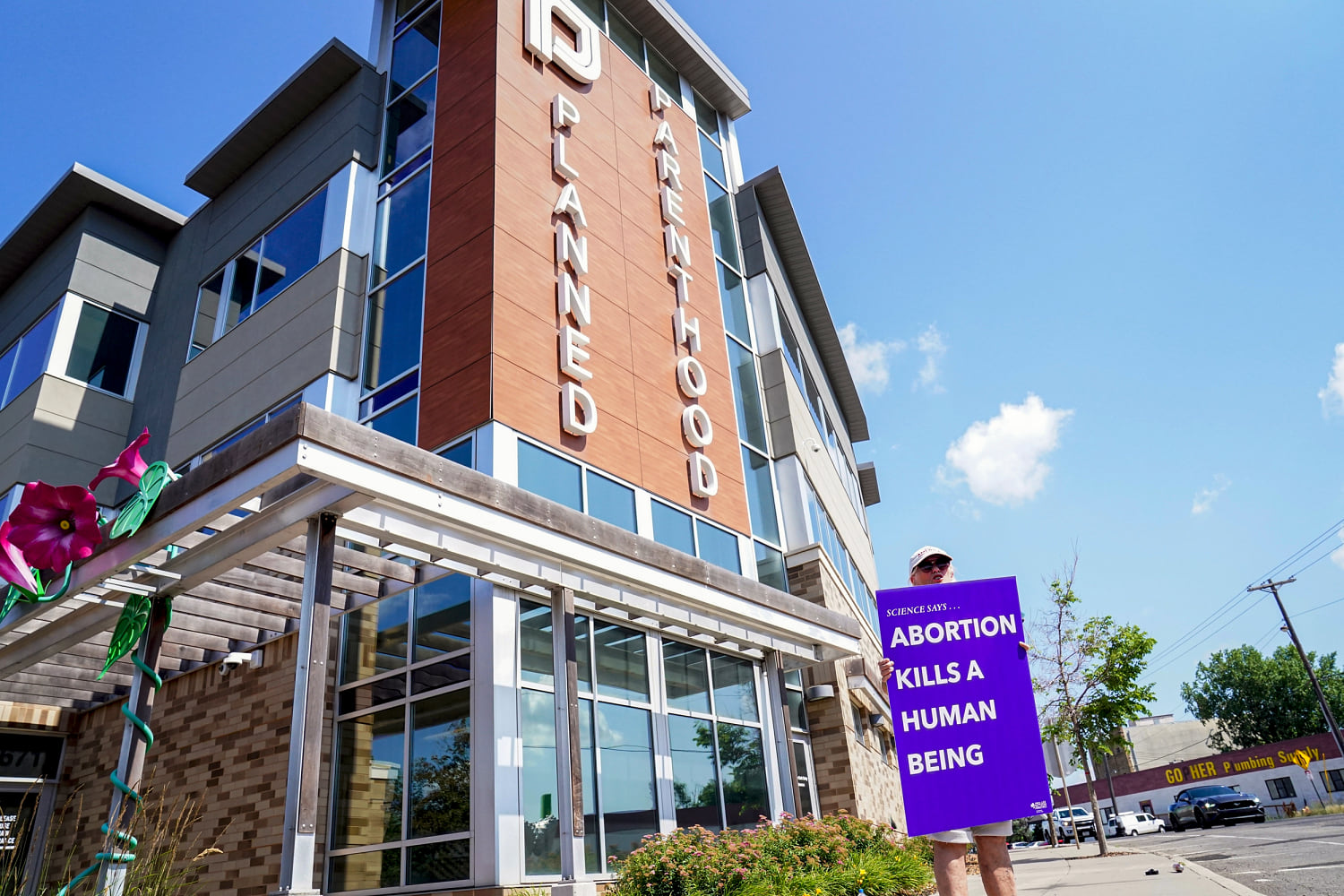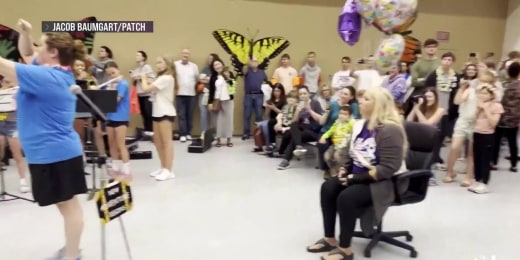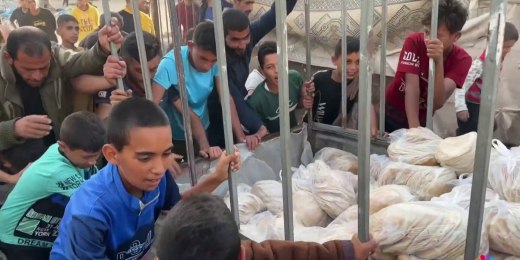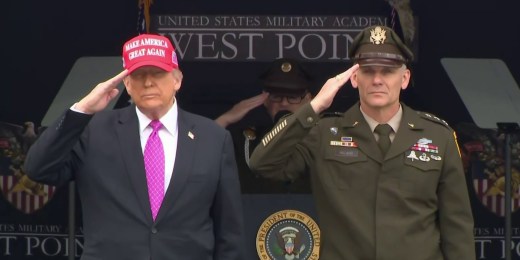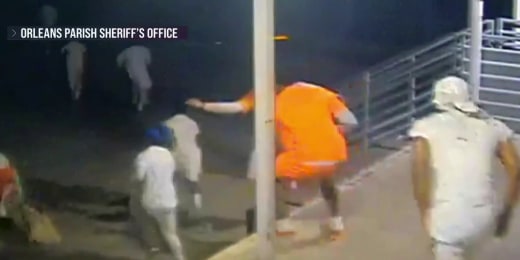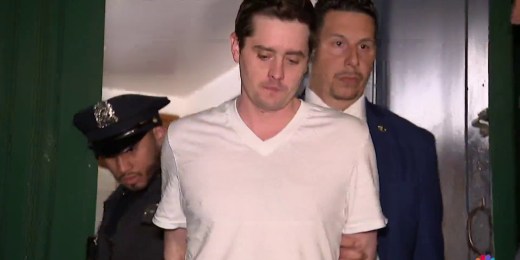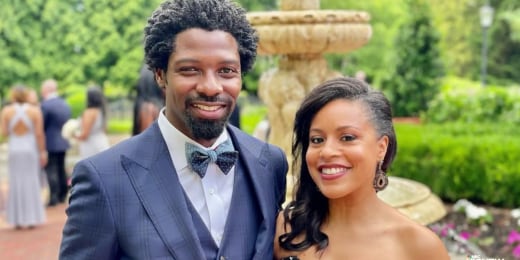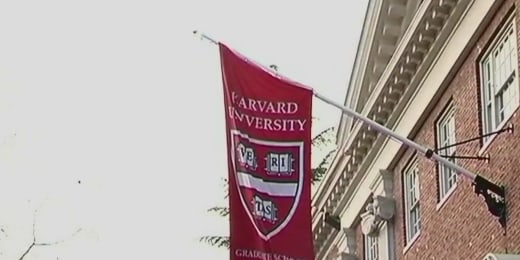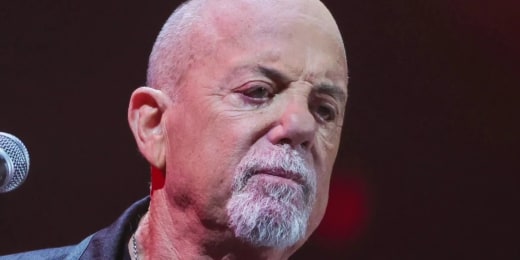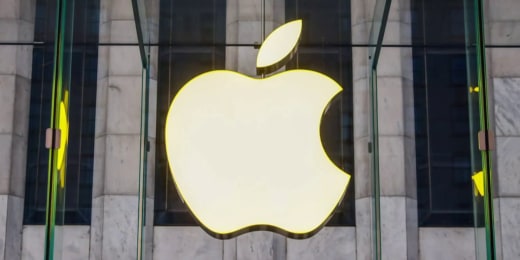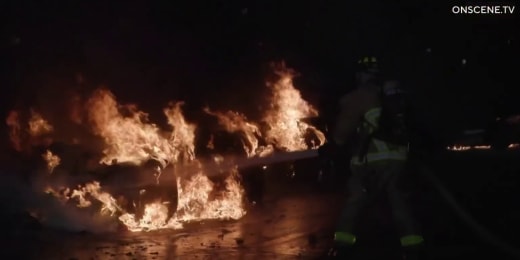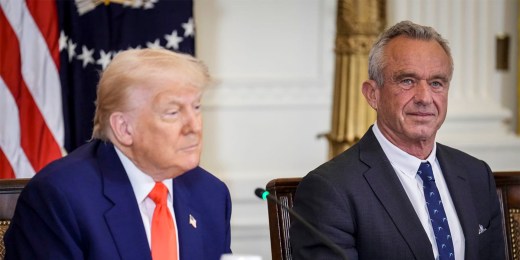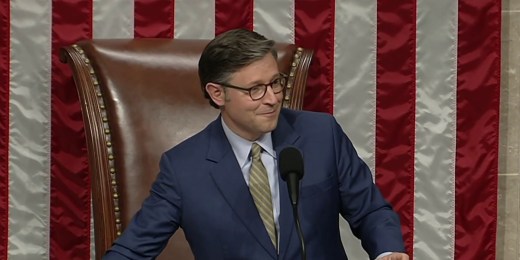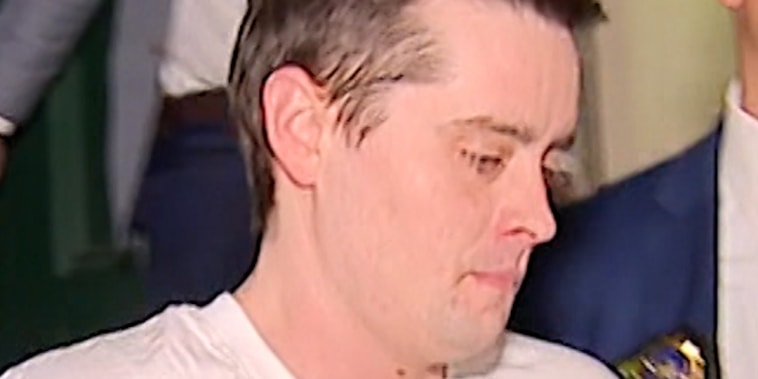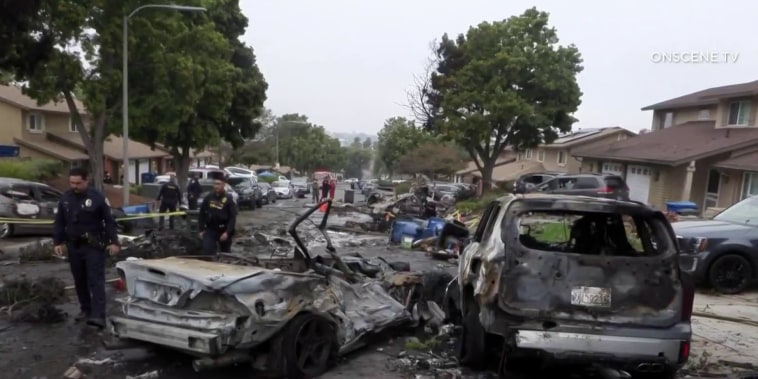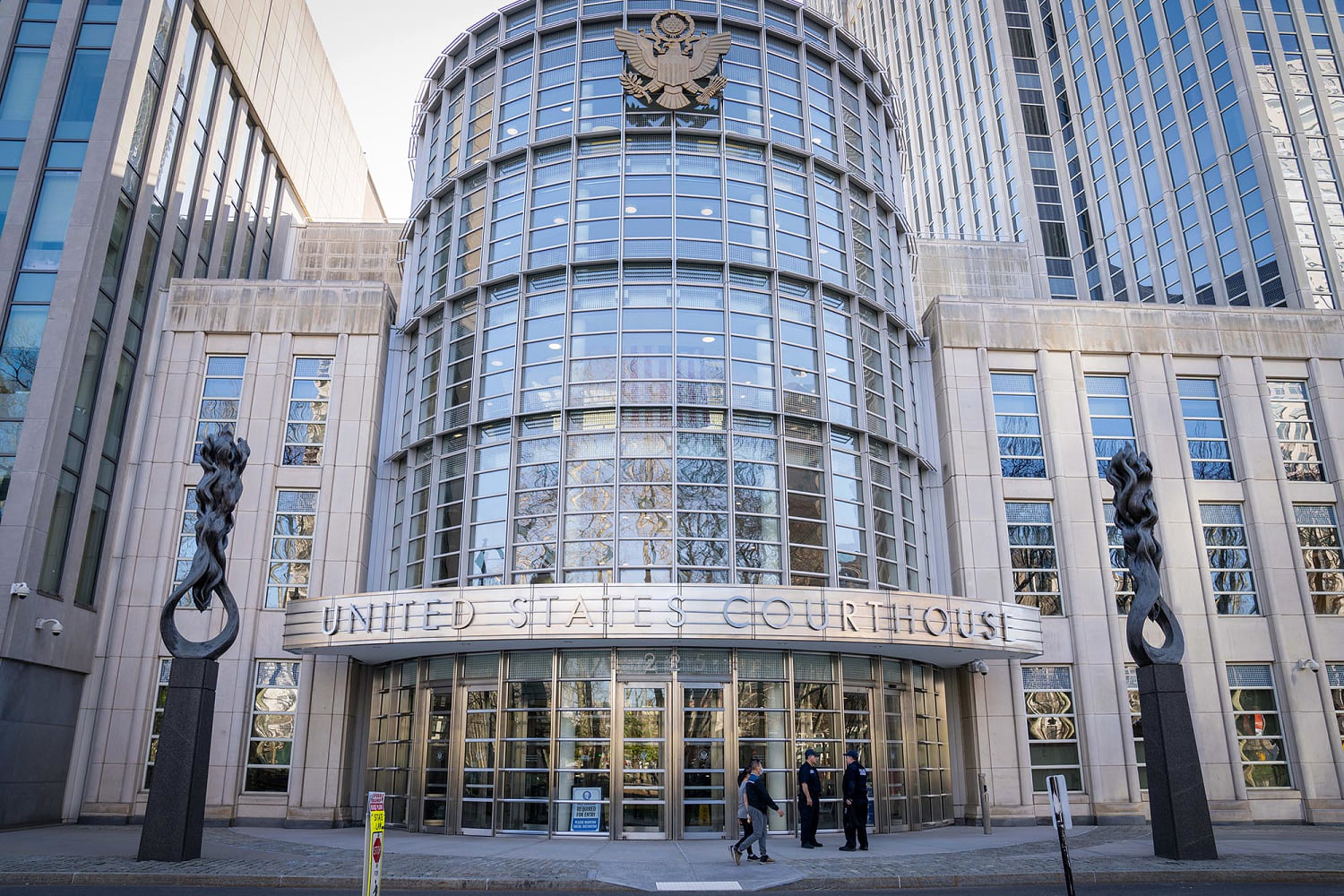
Former Surgeon General Vivek Murthy accused Congress of failing “in its responsibility to protect our kids” from the harms of social media and called on lawmakers to “step up and act now” in an interview on NBC News’ “Meet the Press” that aired Sunday.
Murthy, who served as surgeon general during the Obama and Biden administrations, said he would specifically like to see Congress pass legislation that would force social media apps to include warning labels about their harms to children and would allow for more data transparency from social media companies so that researchers can more accurately study the effects of the internet on kids.
The former surgeon general compared social media to cars, pointing to the introduction of safety features like seat belts, air bags and crash testing decades ago.
“Those have reduced the number of deaths,” Murthy told “Meet the Press” moderator Kristen Welker. “We’ve got to do the same for social media, because what we’re doing now, Kristen, is we’re basically — it’s the equivalent of putting our kids in cars with no seat belts, with no air bags, and having them drive on roads with no speed limits and no traffic lights. And that is just morally unacceptable.”
Congress has tried in recent years to pass legislation to better regulate social media platforms and their interactions with children, with the Senate passing the Kids Online Safety Act (KOSA) and the Children and Teens’ Online Privacy Protection Act (COPPA 2.0) last year with strong bipartisan support.
But both bills faced headwinds from civil liberties groups and social media companies. COPPA 2.0 faced criticism from advertising companies as it sought to update a 1998 law of the same name by raising the age at which companies are allowed to collect information about children from 12 to 17. It also included provisions that would place limits on how third-party companies can advertise to children under 17.
KOSA, meanwhile, would create a “duty of care” for social media companies, making them legally liable for feeding kids content that could be harmful to their mental health. Civil liberties groups warned that social media companies could overcompensate to reduce their legal liability, leading them to censor anything that could be deemed controversial.
Neither bill received a vote on the House floor last year.
Senate Majority Leader John Thune, R-S.D., and Senate Minority Leader Chuck Schumer, D-N.Y., reintroduced KOSA in the Senate earlier this month.
Murthy, who is the author of the 2020 book “Together: Why Social Connection Holds the Key to Better Health, Higher Performance, and Greater Happiness,” linked the rise in social media use among children to the broader loneliness epidemic, warning that chronic loneliness can be detrimental to people’s health.
“That’s when it starts to increase inflammation in our body, increase our risk for heart disease, and other conditions that ultimately shorten our life,” the former surgeon general said.
Online connections, Murthy added, are not the same as connecting and sharing friendships and relationships with people in person.
“I worry about, for young people in particular, is the impact that technology is having on their social connection,” the former surgeon general said. “We tend to think, ‘Oh, kids are on social media. That’s great because they’re connected to one another.’ But no, we have to recognize there’s a difference between the connections you have online and the connections you have in person.”
Murphy warned that “more kids are struggling with this intense culture of self-comparison online, which is shredding their self-esteem.”
“A lot of them are trying to be somebody that they’re not online. And they actually don’t have as many friendships in person as we all need. So you put this all together and what you see is escalating loneliness and isolation,” he added.
Murthy also warned that kids are more at risk of experiencing the negative effects of social media simply because their brains are not fully developed.
“They are more susceptible to social comparison, to social suggestion, their impulse control is not as well developed. And that puts them more at risk of the negative effects of social media,” he said.
Former Rep. Patrick J. Kennedy, D-R.I., who is now a mental health advocate, also joined “Meet the Press,” agreeing with Murthy’s assertion that the government was not doing enough to help children on this front.
“Our country is falling down on its own responsibility as stewards to our children’s future,” Kennedy told Welker.
One proposal he offered was to create a “prevention fund,” pointing to the lack of preventive care for mental health ailments.
“If we’re really serious about making a difference, we need to simplify the system. We need to change the reimbursement model. And, by the way, if we want good results, we have to invest in a — what I call a ‘prevention fund’ of sorts,” Kennedy said.
“What I would like is all the payers, the state, the Feds, to put in dollars based upon the actuarial impact of these illnesses. … Why aren’t we putting some of those dollars in a prevention fund where we can identify those people at highest risk and invest now?” he added.




